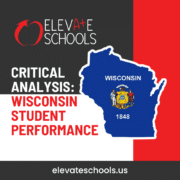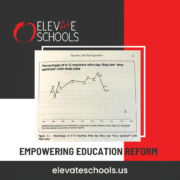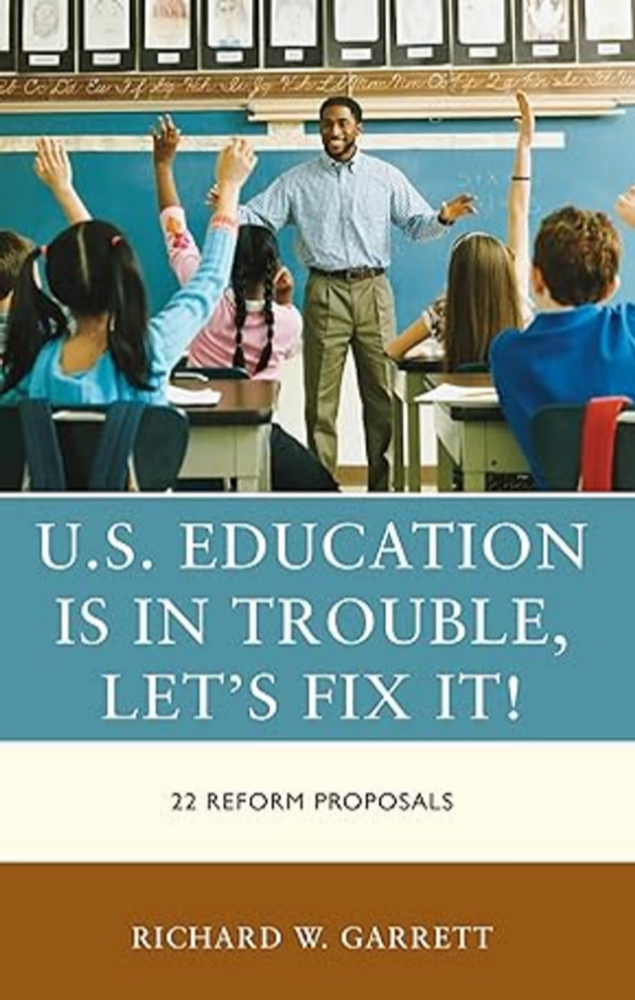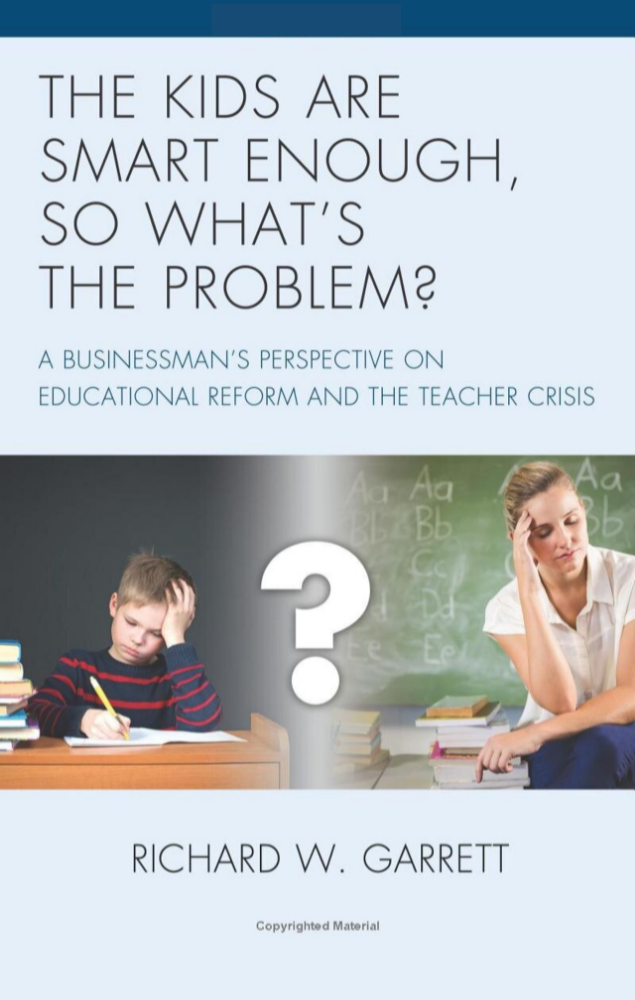A Call to Action for Education Reform: Introduction to Garrett Essay Series
Introduction
Beginning on September 9th and ending on September 20, educational expert Richard W. Garrett published a series of 12 essays on education. The series sounds the alarm about the dire state of public education in the United States. With alarming statistics and compelling anecdotes, Garrett paints a picture of a system failing our children. He argues that the time for reform is now and that we must work together to create a better future for our nation’s youth.
The Problem:
Garrett’s analysis reveals that despite significant educational investments, the U.S. continues to lag behind other developed nations in student achievement. This is due, in part, to a misplaced focus on administrative overhead and social promotion. As a result, millions of American students graduate from high school without basic reading skills, limiting their future opportunities.
One of the most shocking statistics cited by Garrett is that approximately 60 million U.S. citizens cannot read better than a 10-year-old child. This crisis cannot be ignored. The National Assessment of Educational Progress notes that 37% of students advance to fourth grade without passing the reading exam. How can educators graduate so many students who cannot read? The answer is simple: they focus on making their schools look good rather than fulfilling their fundamental responsibility to educate our children.
A Solution:
Garrett’s journey into educational reform began when he witnessed firsthand the frustrations of his son, a fourth-grade teacher. Working with a small team of educators, he developed a system to classify students into three groups: engaged, followers, and disruptives. This approach has shown promise in improving student outcomes by providing targeted support and interventions for each group.
In part 8 of his series, Garrett discusses the valuable instructional time that disruptive students waste. The number is shocking and highlights the need for effective classroom management strategies. He also outlines potential solutions to this problem, such as providing additional support for struggling students and implementing positive behavior interventions.
The Urgency:
The time for educational reform is now. Garrett emphasizes the urgent need for action, as the nation is losing valuable teachers at an alarming rate. Many teachers feel overwhelmed and discouraged by their challenges, leading them to leave the profession. This crisis must be addressed if we want to improve the quality of education for our children.
Working together, we can create a better future for our nation’s youth. We must hold our schools accountable for student outcomes, invest in teacher training and support, and prioritize early childhood education. It will take time and effort, but the rewards will be immeasurable.
Conclusion
Richard W. Garrett’s insights into the challenges facing public education are essential reading for teachers, administrators, and parents. For more information on his work and to learn about specific strategies for educational reform, we encourage readers to visit his website and purchase his books.












